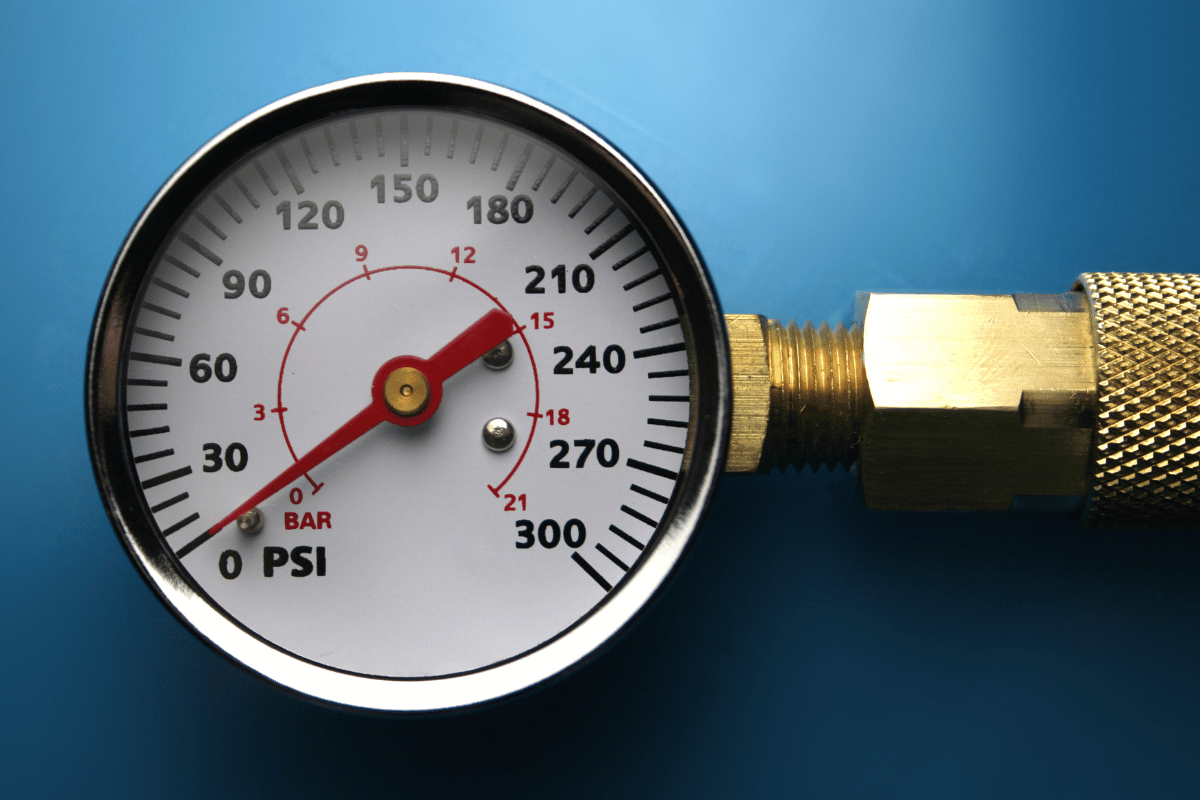Understanding how to check your tire pressure and when to do so is crucial because underinflated tires may wear out prematurely. It is quite easy to maintain optimum tire pressure, which is crucial for your car’s tires to function well overall. Compared to an improperly inflated tire, a properly inflated tire offers a longer lifespan, a more quickly controlling response, better fuel efficiency, and a smoother ride. Both under and over-inflation can result in problems such as early tread deterioration and potential tire failure. Checking your tire pressure once a month is the best method to ensure you obtain the most benefit from your tires. Tires with the wrong pressure can reduce gas mileage and harm your car’s handling.
It is quite easy to use a tire pressure gauge. On a label inside the driver’s door, you can normally find the recommended tire pressure for your car. According to Cars.com, it is also usually mentioned in the vehicle’s owner’s manual—Psi, or pounds per square inch, measures tire pressure.
You might also note that the tire pressure is listed on the sidewall. According to Consumer Reports, this is the legal maximum tire pressure. The recommended tire pressure for your car is indicated on the door label or owner’s handbook, so stick with it.
What You Need for Tyre Pressure Checking
Air compressor, pen and paper, and a tire pressure gauge
You will require a tire pressure gauge, available at most petrol stations and auto parts retailers. According to Edmunds, you ought to measure the tire pressure when it is cold since, as you drive, friction heats the tires and lowers the pressure. If you’ve previously driven the car, the consumer report advises waiting at least three hours to allow the tires to cool down before checking them. Otherwise, check early in the morning.
How to check tire pressure is as follows:
Remove the cap covering the tire’s air valve, and store it safely.
Firmly press the tire gauge against the exposed valve stem for a few seconds. Hearing an air hiss is typical.
Check the air pressure display. In manual gauges, the pressure is indicated by a dial or a bar that shows how far it has been pushed out. A digital tire gauge will display the pressure on the screen.
Compare this value to the tire pressure that is advised.
Change the air valve cap on the tire. (Delay this step if the air pressure needs to be adjusted.)
For each tire, repeat this step after writing down the reading.
You can use a basic or digital tire pressure gauge. Both are usually available in auto parts stores. Handheld air compressors powered by your car battery or a 12-volt power outlet are available at many auto parts stores. You can also utilize the air compressor typically located at petrol stations.
Any tires with low pressure should be inflated using an air compressor. Since many air compressors differ from one another, carefully reading the instructions will help you use them properly.
Park carefully to ensure the hose can reach all four tires while using a compressor for air at a petrol station. Till the motor starts to run, put change into the machine. You may fill each tire by positioning the hose end on the valve’s stem and pulling the lever.
Using an air compressor at a petrol station can make your tires “hot.” If the “hot” tire inflation pressure needs to be changed, raise it by 4 psi (14 kPa) from the suggested cold inflation pressure. When the tires are worn, check the tire pressure again.
Utilize the gauge to recheck tire pressure after filling them. You can let some of the air back out if you overinflate the tires at this point. Never drive with tires that are too inflated. Reduced traction, early wear, and reduced impact absorption can all be caused by overinflation.
Accuracy of Tyre Pressure Gauges
When selecting a gauge, keep in mind that accuracy is important. You can find a reliable tire pressure gauge that provides precise readings for only a few dollars. Ask a qualified technician which one they recommend if you’re unsure which one to buy.
Although a digital tire pressure gauge will give precise readings, remember it relies on batteries.
Use your tire gauge rather than one provided at service stations coupled to an air hose. They are the most susceptible to being weathered and potentially inaccurate of all pressure gauges.
To examine the tires, wait until they have been stationary for an hour and are “cold.” Tire pressure can vary by one to two pounds per square inch, or psi, for every 10 degrees when the outside temperature changes; the psi normally increases in the summertime heat and decreases in the winter. You can alter the pressure if you have a monthly routine of inspecting your tires.



